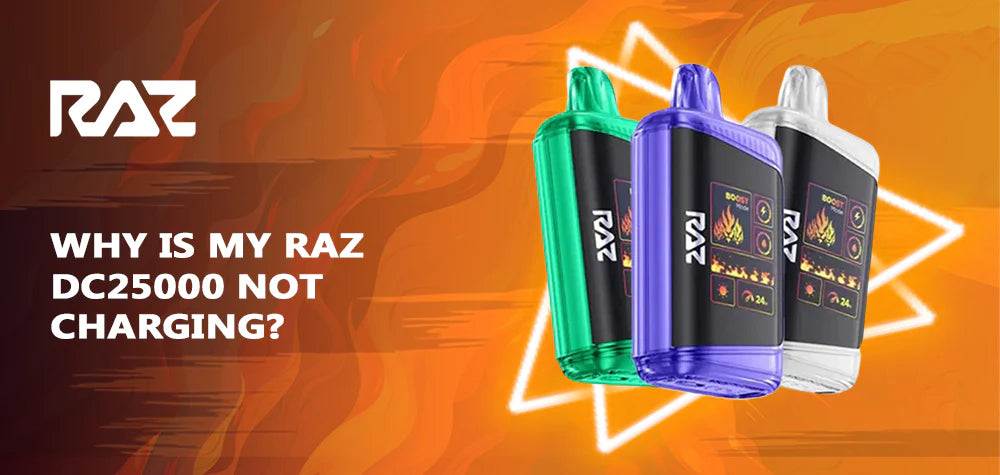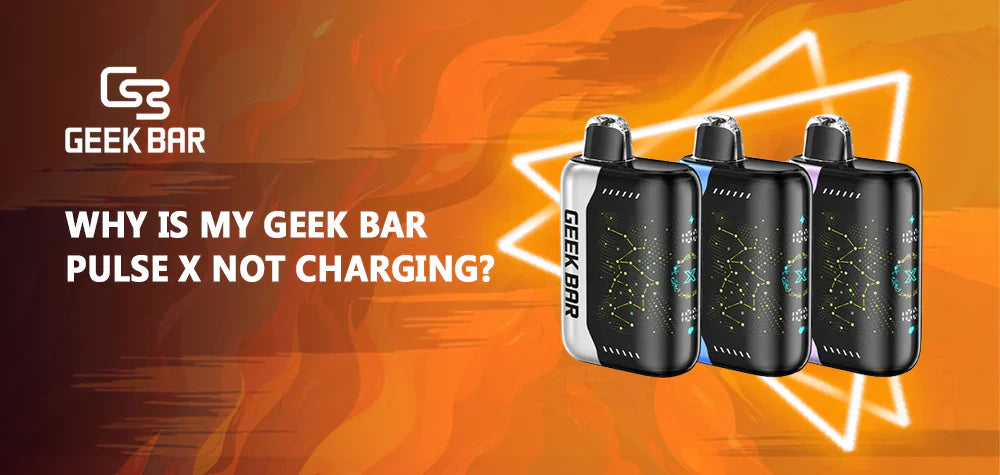
Why Is My Raz DC25000 Not Charging?
The Raz DC25000 is a popular disposable vape known for its high e-liquid capacity and long-lasting battery life. However, some users have reported issues with the device not charging properly, which can be frustrating and disrupt the vaping experience. This article aims to explore the potential reasons behind the Raz DC25000 not charging and provide comprehensive solutions to help users resolve these issues.
Understanding the Raz DC25000
Before diving into the troubleshooting process, it’s essential to understand the basic components and features of the Raz DC25000. This device is equipped with a rechargeable battery and a USB charging port, typically requiring a micro USB cable for charging. The Raz DC25000 features an LED indicator that signals when the battery is low, usually by flashing a red light. Understanding these components can help identify potential charging issues.
Common Causes of Charging Issues
Charging problems with the Raz DC25000 can arise from several factors. One common issue is a poor electrical connection between the device and the charger. This can occur if the charging port or the USB cable is dirty or damaged. Over time, dust and debris can accumulate in the charging port, preventing a proper connection and thus hindering the charging process. Another potential cause is a faulty charger or cable, which may not be compatible with the device or could be damaged, leading to charging issues.
Additionally, users may experience an unpleasant burnt taste while using the Raz DC25000, leading them to wonder why does it taste burnt? This issue is often related to a depleted coil, improper e-liquid saturation, or excessive usage, but it is not directly related to charging problems. However, ensuring the device is functioning properly overall can contribute to a better vaping experience.
Troubleshooting Steps
To resolve charging issues with the Raz DC25000, several troubleshooting steps can be taken:
Firstly, check the connections. Ensure that the charging cable is securely connected to both the device and the power source. Sometimes, a loose connection can prevent the device from charging.
Secondly, change the charging cable. If the issue persists, try using a different USB cable to see if the problem lies with the original cable.
Thirdly, clean the charging port. Use a soft cloth or a cotton swab to gently remove any dirt or debris that might be obstructing the connection. This simple step can often resolve the problem by ensuring a clean and stable connection between the device and the charger.
Lastly, verify the charging method. Some devices may require specific charging methods, such as using a USB port directly rather than a computer or laptop. Ensure that you are using the correct charging method for your device.
Advanced Troubleshooting
In some cases, more advanced troubleshooting may be necessary. If the device is not charging even after cleaning the contacts and using a compatible charger, it might indicate a more serious issue with the device itself. This could include a faulty charging circuit or a damaged battery. In such scenarios, it may be necessary to contact the manufacturer for further assistance or consider replacing the device if it is no longer under warranty.
Preventive Measures
To minimize the likelihood of charging issues, it’s crucial to maintain the device properly. Regularly clean the charging port and ensure that the USB cable is in good condition. Avoid exposing the device to extreme temperatures or moisture, as these conditions can damage the internal components and affect charging performance. Additionally, keeping the battery charged above 20% can help prolong its lifespan and prevent sudden drops in performance.
Conclusion
Charging issues with the Raz DC25000 can be frustrating, but they are often resolvable with the right troubleshooting steps. By understanding the common causes and taking proactive measures to maintain the device, users can enjoy a seamless vaping experience. If the problem persists after attempting the suggested solutions, it may indicate a more serious issue requiring professional assistance. In any case, ensuring the device is properly cared for can extend its lifespan and prevent charging issues from arising in the future.


